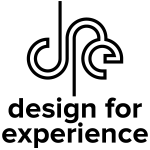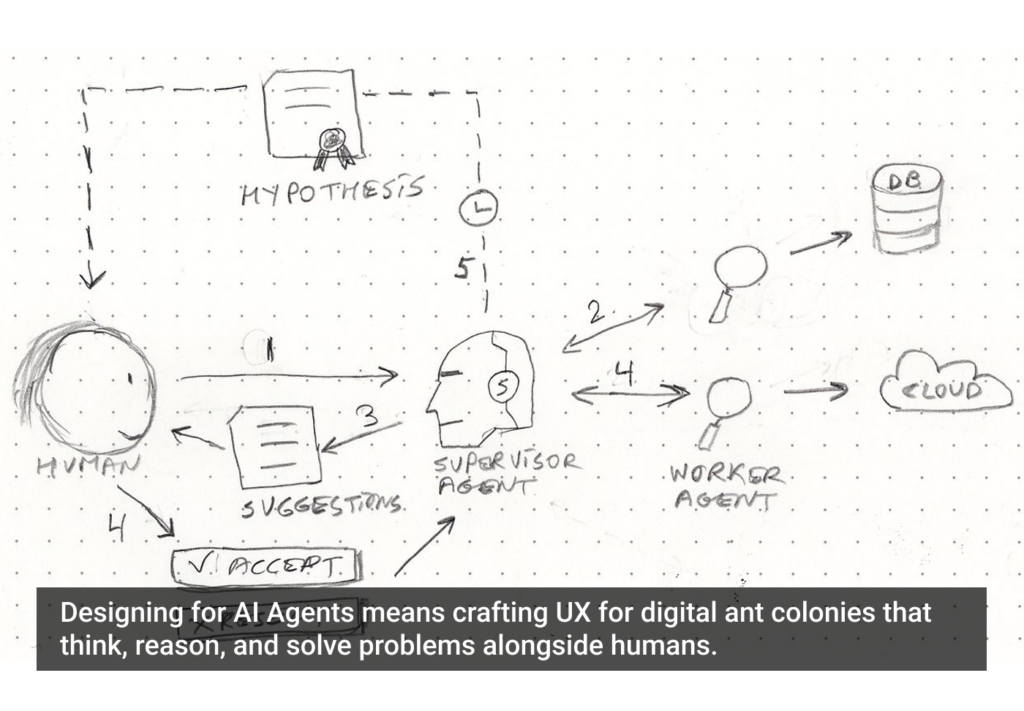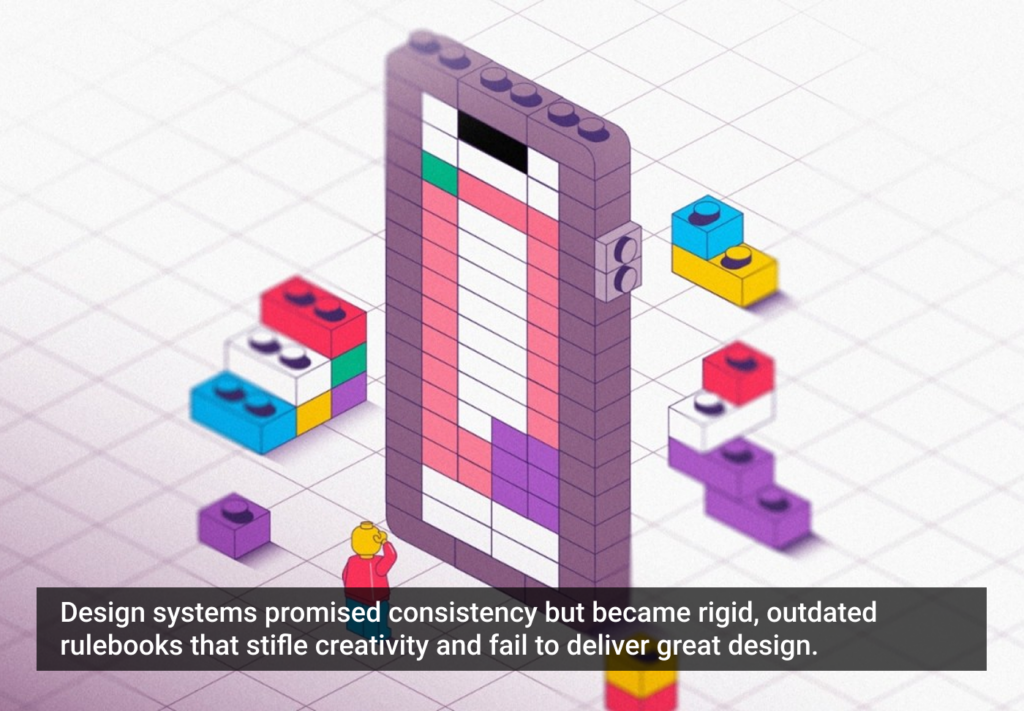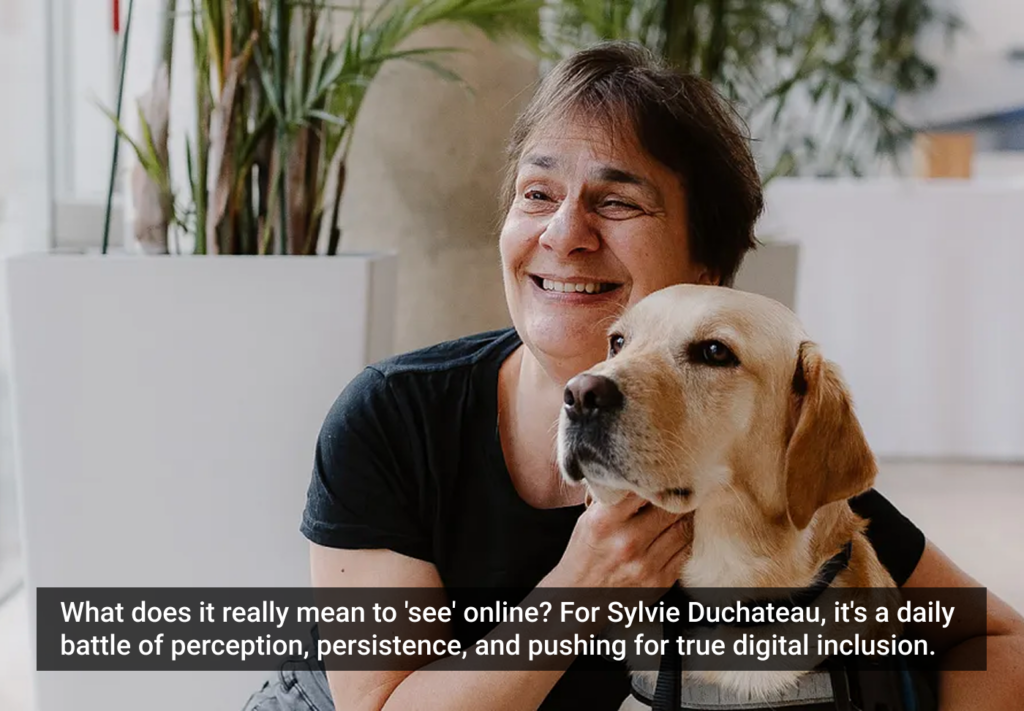“Accessibility is important,” Livia Veneziano and Yvonne So declare in their article “Designing for Everyone,” published in July of 2012.
“It is not just an additional feature, it is a core component that makes modern interfaces complete. If designers fail to pay attention to the design needs for a small percentage of the population, they ultimately fail on a global scale.”
As techology becomes more sophisticated and commonplace, the opportunities to make it accessible to people with physical and sensory impairments and those with needs for special modes of interaction continue to grow. Despite this, accessibility remains under-adopted as a requirement for products and services.
“Even mobile-savvy designers don’t always know much about the accessibility section of their smartphone settings or how people use them,” Veneziano and So write. “Understanding the basics of why these features exist is the first step to understanding accessibility.”
“The pinch and zoom feature, for instance, lets people with impaired vision see information clearer. Voiceover technology allows blind and vision-impaired people to hear information displayed on the screen. Voice recognition allows users with limited dexterity to dial phone numbers or access items in the device without tapping on any keys. Every individual interacts differently with services, and designers must be acutely aware of these differences when designing for people with disabilities.”
The DfE Accessibility award recognizes companies, teams, individuals, products, and services that are shining examples of how accessibility can be embraced to create experiential value for users and customers as well as economic value for the creators of the experience.
If you know of companies/teams/individuals/products/services that put accessibility at the heart of their designs and deliverables, nominate them. If you think that you’re taking the right approach to accessibility, apply for this award right now!
Image of modern wheelchair ramp courtesy Shutterstock








